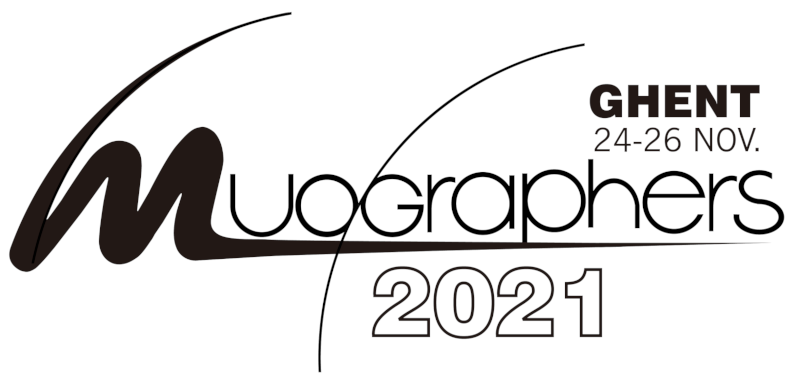Speaker
Description
The use of conventional imaging techniques becomes problematic when faced with challenging logistics and confined environments. In particular, such scenarios are not unusual in the field of archaeological and mining explorations as well as for nuclear waste characterization. For these applications, even the use of muography is complicated since the detectors have to be deployed in difficult areas with limited room for instrumentation, e.g., narrow tunnels. Within this context, our group has developed a portable muon detector (muoscope) based on mini glass Resistive Plate Chambers (mini-gRPCs) following a design similar to the one developed by the CALICE collaboration at CERN, but with smaller active area of 16 $\times$ 16 cm$^2$. The specific design goals taken into consideration while developing our first prototype are portability, robustness, autonomy, versatility, safety and low cost. We are currently in the process of developing an improved second prototype, which will have a new electronic chip for readout. In line with our design goals, we also plan to switch the sensitive units from strips in the old prototype to pixels for the new one. This will help further improve our design goal of portability by reducing the overall weight of the setup by half since a single RPC layer provides bi-dimensional information with pixels. However, for performing high resolution muography, the number of readout units per layer also increases significantly, leading to increase in the overall cost and power consumption of the muoscope. To mitigate these issues, we are developing a novel 2D multiplexing algorithm for reading out several pixels with a single electronic channel. In this talk, we will give an overview of the detector development, focusing mainly on the design goals and the choice of detector technology. Furthermore, the details of the expected changes in the new prototype as well as some preliminary results from the 2D multiplexing study will also be presented, along with the results from the performance studies of the current prototype.
